2024 Lotus Eletre First Drive Review: And now for something completely different …
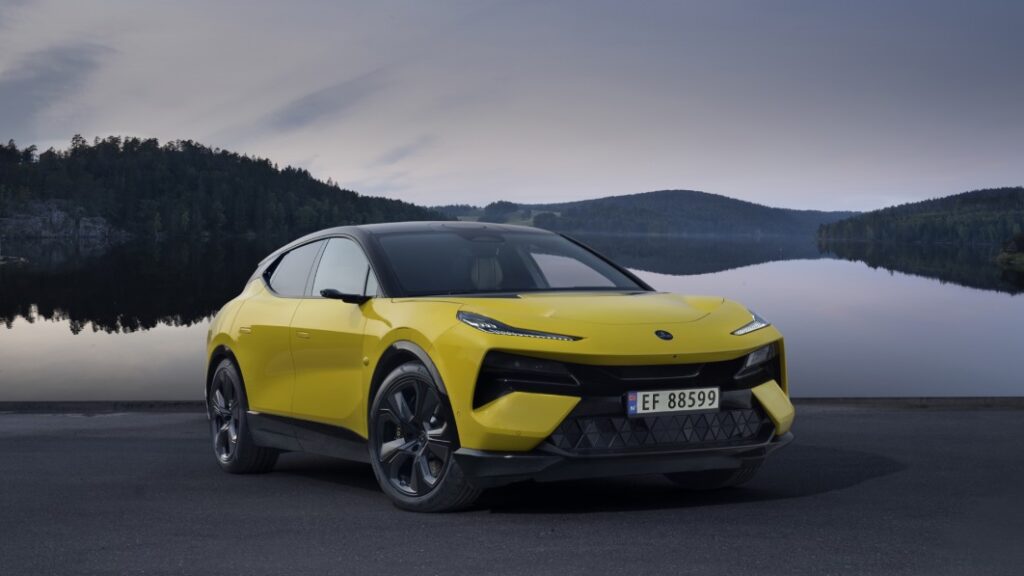
OSLO, Norway — It doesn’t get much more future-forward than the 2024 Lotus Eletre, a ginormous leap into electrification that looks, feels and drives like nothing before it. The Eletre’s all-new everything pushes into uncharted territory for Lotus: this is the brand’s first EV and SUV, entering a crowded market that is critical to the future of the 75-year-old British nameplate. No pressure Lotus, we’re here for it.
First off, the design. As frivolous as it seems to address the subjectivity of looks, appearance matters with six-figure statement pieces. Despite the Eletre’s underpinnings being developed in Sweden and Germany, and the fact that it’s built in China by majority stakeholder Geely, the design hails from the spot where the brand’s late, great founder Colin Chapman first set up shop: Hethel, England.
The design is triggering for many, from the split front grille and bifurcated headlamps to the height of the midsection and the sweep of the tail. Now that the SUV field is utterly oversaturated, the Eletre’s looks are easily relatable to other more familiar vehicles. In person, there’s far more to the Eletre than the internet comments of “Hey, that just looks like (blank)” would suggest. Yes, certain bits feel derivative, particularly the nebulous headlamp zone. But there’s also inventiveness in the details, like the vented hood and creased door surfaces that summon a familiar design language as the Emira. Also distinctive is the wagon-like rear overhang and concave tail that’s accentuated with a long, uninterrupted LED lightstrip, a la Bugatti Chiron.
Spec plays a big part in this large crossover’s looks. The launch color, Kaimu Grey, makes it come across as rather plain and unremarkable, while Galloway Green and the Solar Yellow pictured here taps into the brand heritage in a good way. Outfitted in splashier hues, Eletre stands out as an SUV that looks nimbler and more lithe than its dimensions suggest. At 16.7 feet in length and 7 feet wide (measured with the conventional mirrors we’ll get in the States), Eletre is no skinny Minnie. It’s 6.8 inches longer than a Cayenne, 5.1 inches lengthier than a Purosangue and 2.5 inches greater than a DBX. It’s 0.4 inch shorter than an Urus, but is 2 inches wider.
Inside, the feeling is spacious, with decent leg, shoulder and head room. There’s good forward visibility but an iffy rear quarter view, which in other countries is countered by electronic sideview “mirrors” that display their feed on 6-inch screens embedded in the doors. The system, which can fine-tune the view by tapping the driver-side screen and dragging the image, reduces aerodynamic drag by 1.5% (while looking oh-so-sleek in contrast to the bulky, DOT-required optical mirrors). There’s no telling when the digital technology will be clear for U.S. roads.
To reduce the amount of car displacing air, Eletre incorporates quite a bit of what aerodynamicists call porosity, meaning design elements that allow air to pass through, rather than over, the bodywork. Up front is a trick active aero panel of six shuttered triangular panels on the lower grille, which open and close depending on cooling needs. There are pass-through front grilles, bonnet arches, wheel arches, even C- and D-pillar arches where air can visibly run through the vehicle and avoid resistance. As such, Eletre achieves impressive slipperiness considering its bulk: a drag coefficient of .26. Absent actual wind tunnel verification, I’d wager that the long rear overhang helps contribute to that slight figure, since longer, tapered objects tend to reduce drag. Aiding the effort is an active rear spoiler, which can produce up to 247 pounds of downforce at top speed. The low cD helps Eletre achieve European WLTP range figures of 373 miles on base and S models, and 304 miles on the more aggressive R version. Official EPA range figures are still TBD, but should be considerably lower as they tend to be more realistic.
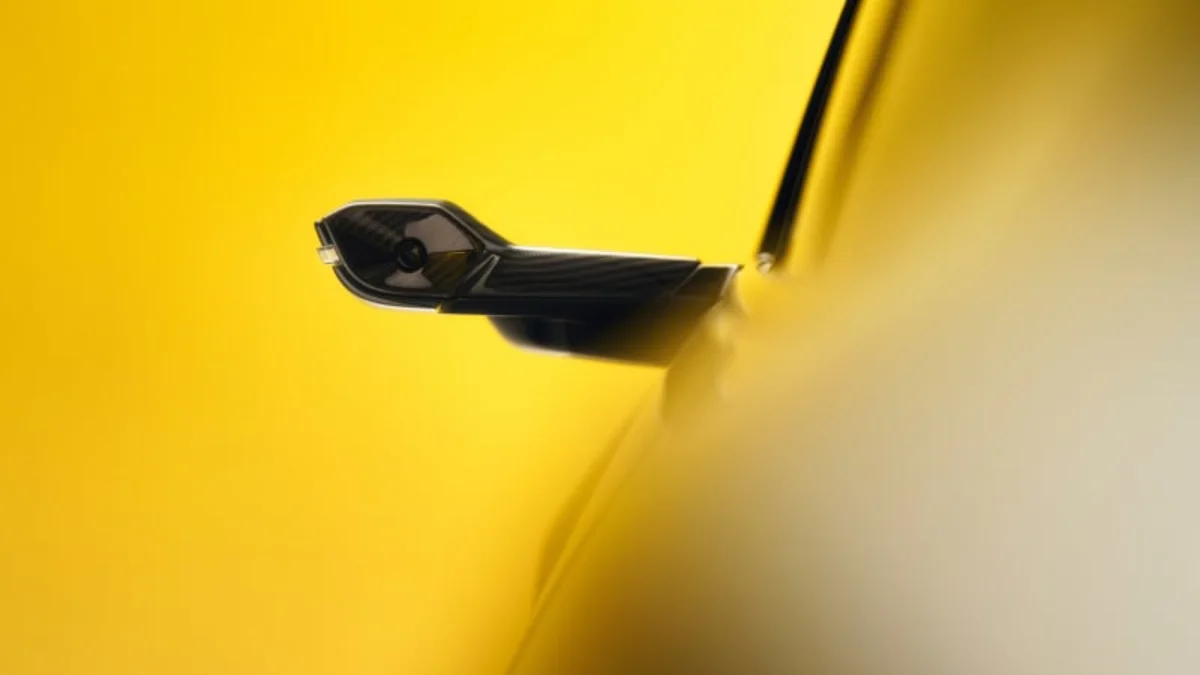
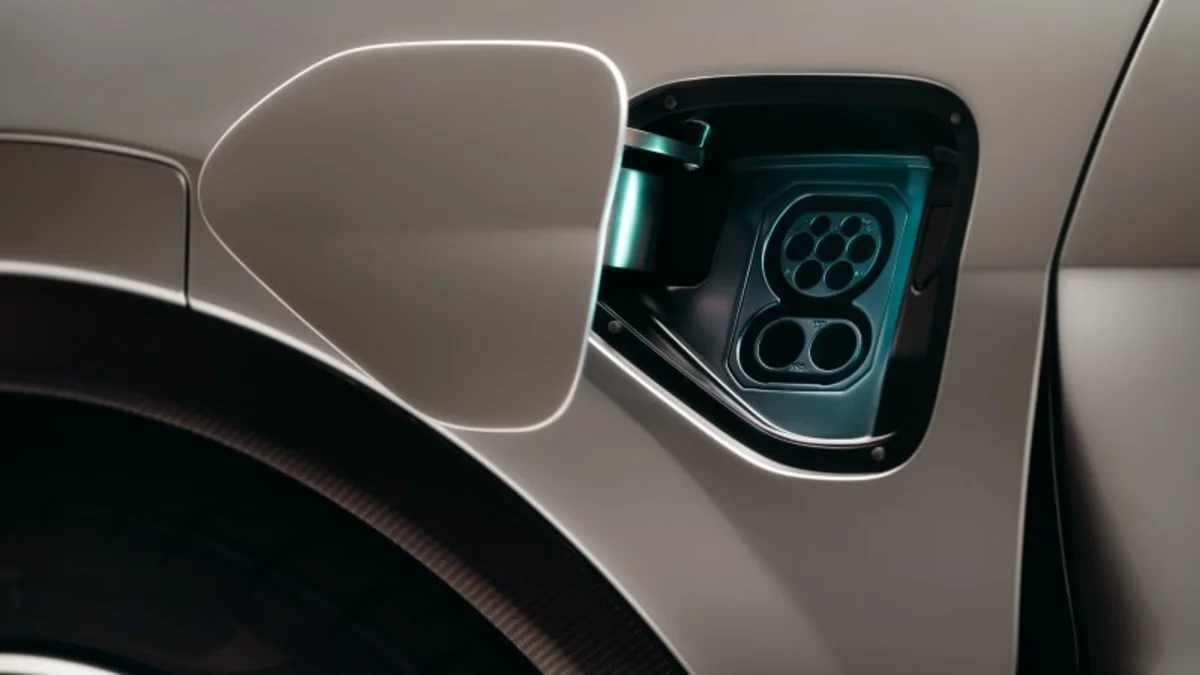
All three dual-motor Eletre models — base, S, and R — are powered by a 112-kilowatt-hour lithium-ion battery running on 800-volt architecture. The entry and mid-models produce 603 horsepower and 524 lb-ft of torque routed through single-speed transmissions at each axle, while the top dog R version cranks it up to 905 hp and 726 lb-ft, and has a two-speed transmission at the rear axle (the front one remains single speed). Those figures are good for a claimed 0-62 mph in 4.5 seconds, and 2.95 clicks for the R. Interestingly, the two-speed transmission, which is intended for higher-speed applications, is only good for a 5-mph bump in vMax, elevating the top speed up to 165 mph.
Climb into the Eletre S and shut the door, and you’ll experience even more Lotus firsts: dual-paned window glass, and a fancy soft-close feature that gently but firmly seals the door closed. The very un-Lotus-like features continue, with a cabin whose ‘niceness’ leaves previous Lotuses in the proverbial dust. Though I wasn’t privy to a build sheet, my S model tester appeared generously appointed, with lots of soft-touch surfaces including Alcantara on the center console all the way to the bottom of the retractable cupholders.
The dashboard is a sleek, streamlined hunk of postmodern sculpture, with a narrow aperture instrument panel that displays key information, while a central, 15.1-inch OLED touchscreen presides over the vast majority of settings and controls. While the few physical switches are pleasantly finished in anodized and knurled textures, there’s not quite enough of them to avoid making the most basic tasks annoying. Yes, you can toggle two paddles up or down to adjust climate control target temperatures, but changing the fan setting requires going into the touchscreen menu, which is nothing short of irksome. Also pesky is the need to rely on the elaborate menu system to align the direction of the vents, like the Tesla Model Y. There’s a reason Porsche is moving away from such needlessly complex things after using them in the Taycan. Worse, drivers may find themselves in a lurch when overriding the GPS display with HVAC or audio settings, as the head-up display doesn’t show navigation information. And forget about a physical volume knob: adjusting the sound level requires either tapping the steering wheel-mounted button, or tapping on a symbol on the touchscreen and sliding the desired decibel level accordingly.
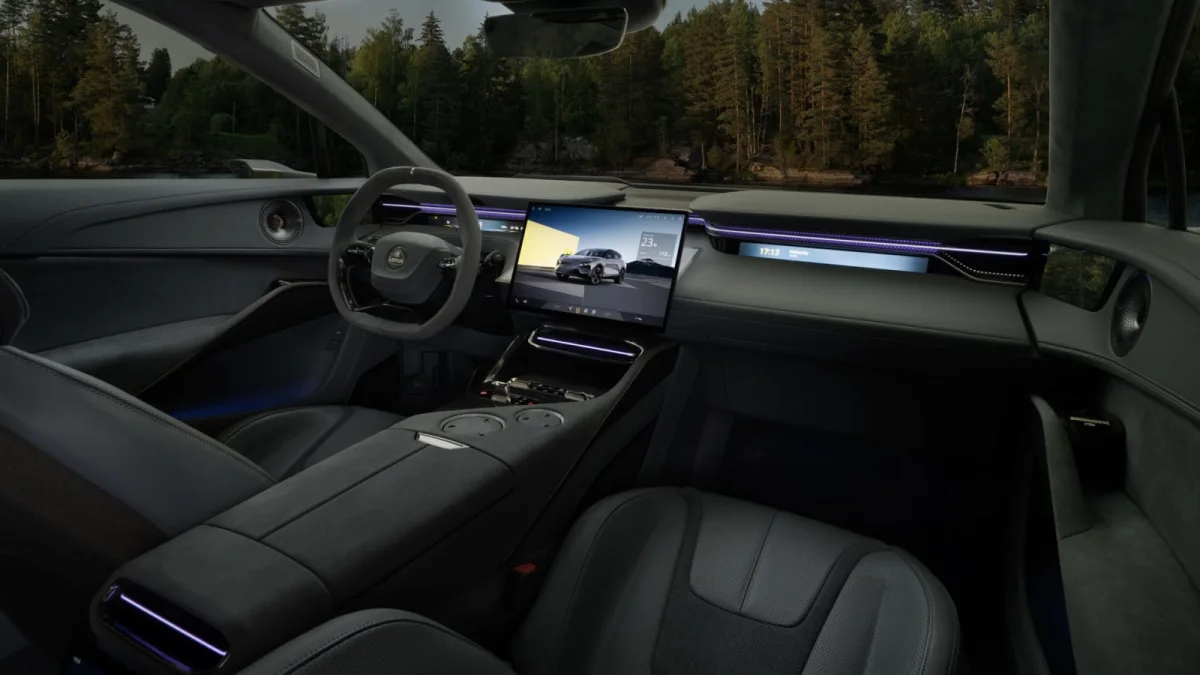
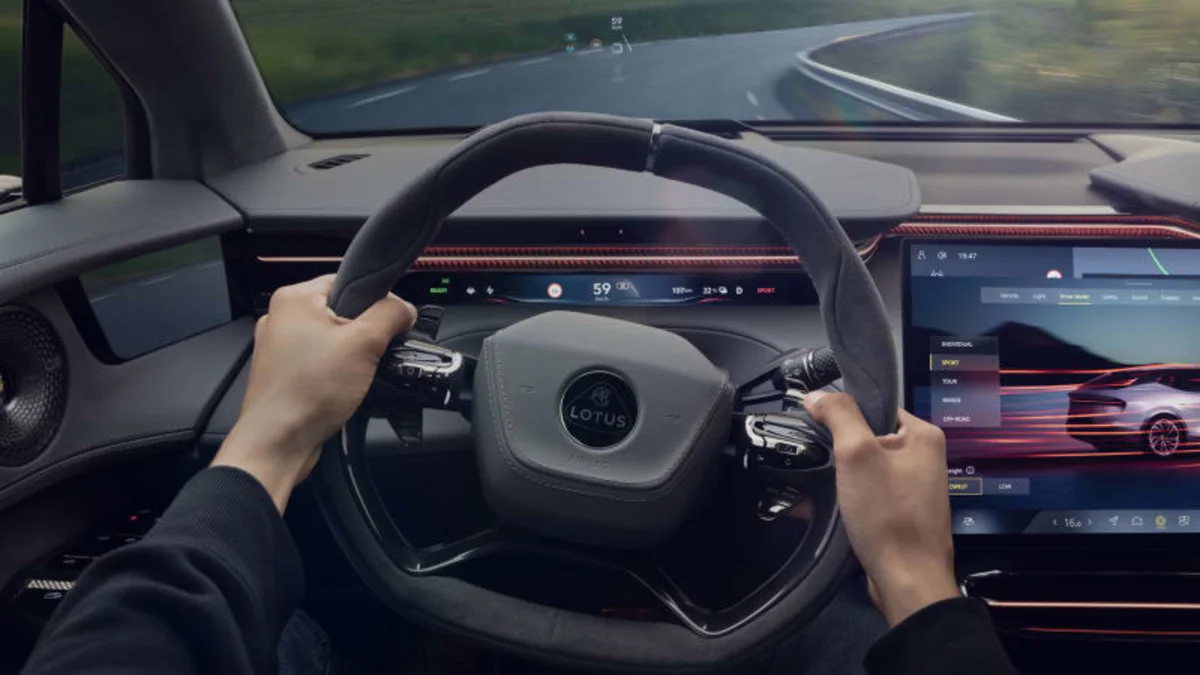
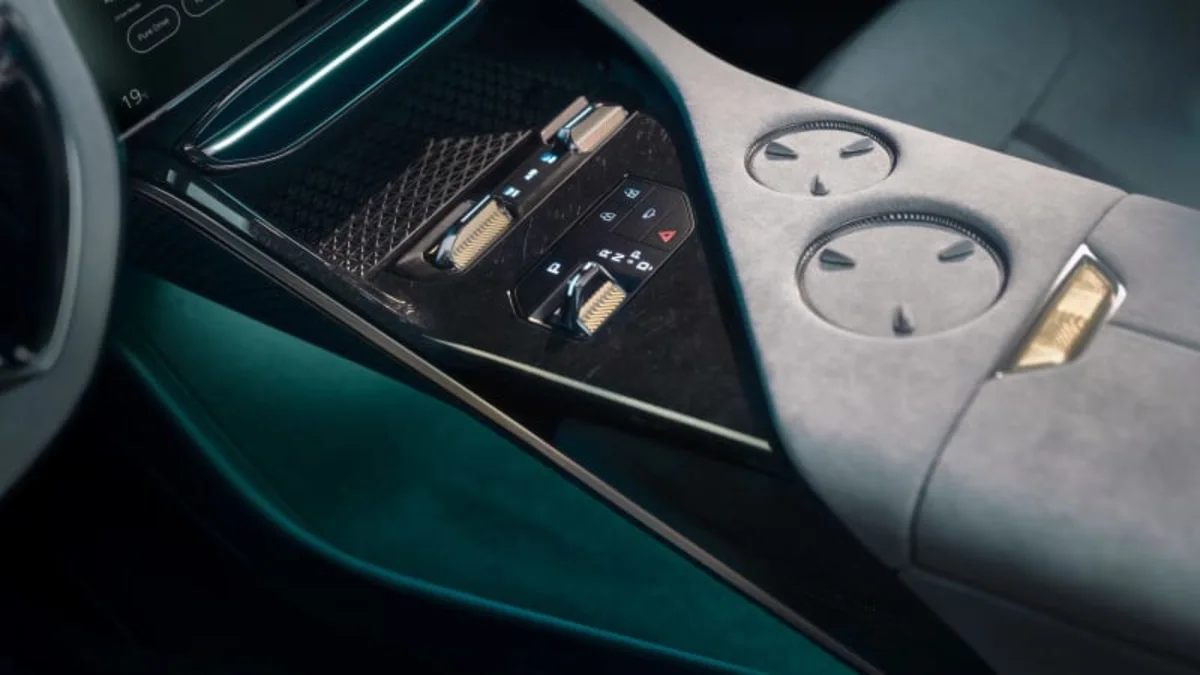
Click the R/N/D toggle into gear and the Eletre moves forward with quiet confidence. With five drive modes (and a sixth ‘Track’ mode with the R model), there’s a surprisingly mild throttle response with heavy application of the right pedal. Even when matted, the bulk of the power doesn’t seem to come on until some momentum — say, at around 40 mph or so — has built up. A bifurcated left paddle handles brake regen settings, with the top half increasing regen and the lower half reducing it. The right paddle determines drive mode. Disappointingly, the maximum regen setting delivers reasonably strong off-throttle deceleration, but doesn’t allow for true one-pedal driving. When asked why, Director of Attribute Integration Sylvain Verstaeten told Autoblog, “When we talked to a lot of potential customers and what they want, it’s about making this car as accessible and easy to use, so existing ICE customers won’t be too lost.” The choice speaks to Lotus’ appetite for appeasing a broad audience, a telling indicator of the brand’s desire to break free of its cult status and strive for mass market adoption. The counter argument is all of us were new to EVs at some point too, and many of us now appreciate one-pedal driving. Not offering it as a driver-selectable option seems short-sighted.
In its track setting and setup with standard Pirelli P Zero rubber, the R model punches harder with noticeably gruntier acceleration. A two-pedal launch sequence dispatches loads of power easily, holding the vehicle in place until the brake pedal is lifted and the Eletre squirts forward in anger. But beyond that very controlled situation, there’s a surprising approachability to the electric crossover’s driving dynamics. The feedback from Lotus’ first-ever electromechanical steering setup is accurate and clean but not as overwhelmingly communicative as we’ve come to expect from the brand. Brake pedal feel is transparent enough to deliver good control, but not as transcendent as a proper sports car setup.
Hard launches from a standstill to about 100 mph reveal gobs more thrust than in the S model, with a perceptible but not overly firm 1-2 gearshift at around 80 mph. Our test vehicle was equipped with the 48-volt suspension option, which uses electromechanical actuators to calculate torque reactions in as little as 2 milliseconds. Those movements counteract cornering forces with adjustable levels of roll stiffness that can stiffen when appropriate, or entirely disconnect the rollbars if an ultracushy ride is desired. Based on the super-smooth road and highway surfaces we encountered during two days of driving in Oslo, Norway, it’s hard to say how the Eletre would handle the pothole-ridden wilds of say, Detroit, New York or Los Angeles.
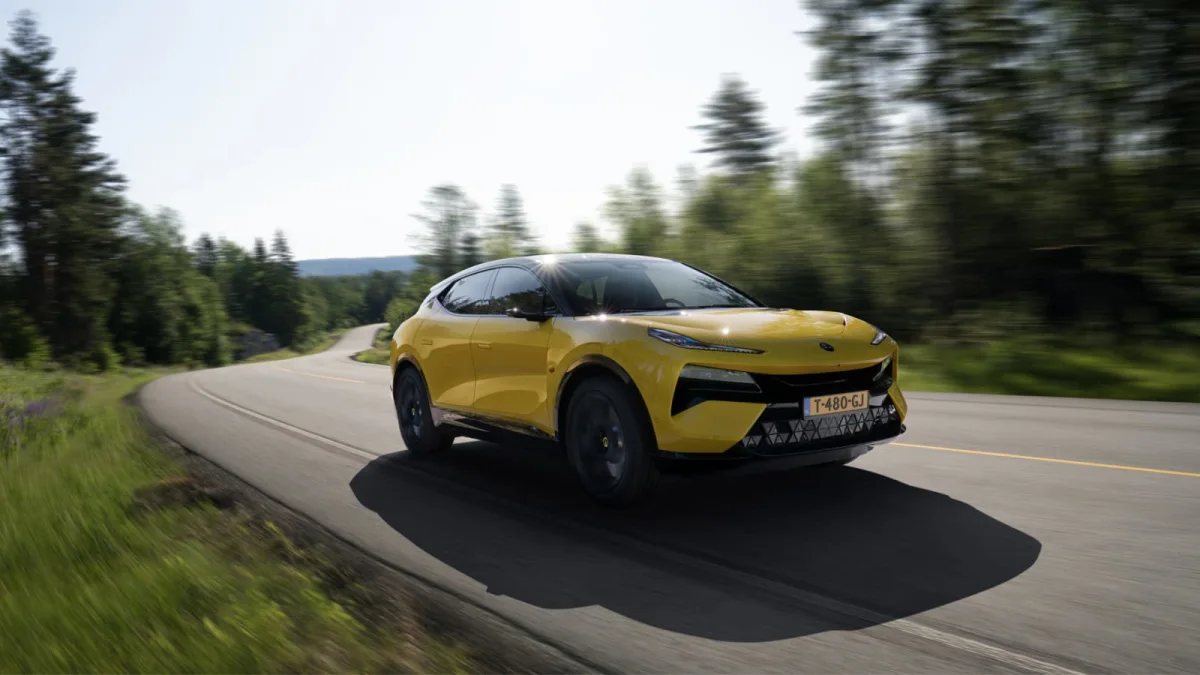
All factors considered, the suspension seems compliant-yet-controlled, taming the potential slop of a 5,555-pound SUV rather well. A slalom course on an airstrip in the 5,820-lb R model revealed good body control and solid transitional behavior at around 8/10ths, with palpable understeer when hustled into turn-in points. There’s definitely some observable heft to the Eletre when driven hard in Sport mode. While it masks its mass quite well, the weight is definitely there, especially when attempting to juke from right-to-left and vice versa. Curiously, Lotus only allowed two slalom course runs, both of them in Sport, not Track mode. Track’s less restrictive intervention settings begs the question — if the Eletre is supposed to be ‘For the drivers,’ why are you holding back, Lotus?
After a couple days behind the wheel of the Lotus Eletre, we’re left with almost as many questions as we started with. Yes, the brand’s first SUV effort reflects an impressive level of refinement in both concept and execution. But yes, there are a few annoying technological overreaches as well, like the trying-too-hard digitally controlled air vents and the lack of certain physical controls. EV cognoscenti will undoubtedly dismiss the lack of one-pedal driving, while Lotus purists will certainly scream bloody murder at the electrified four-door sports car on stilts that weighs 5,555 pounds.
With so many tempestuous forces at odds, where does that leave the beloved Lotus brand? Given that Lotus has produced as few as 1,200 vehicles annually from its Hethel factory, the Eletre marks a massively important step towards re-introducing the brand as a global competitor against the top luxury brands from Germany, Italy, and the United States. Diehards will make the obvious argument that Lotus’ first-ever SUV is no sports car. And it’s not; they can pass ultimate judgment when the brand’s first, attainable two-seat EV model is released on the heels of the $2 million Evija EV hypercar.
Ultimately, think of it this way: if the cushier, softer (and heavier) Eletre produces enough cashflow to the beleaguered sports car manufacturer to once again become a commercially viable carmaker, the automotive world will be richer for it. Rather than call out the Eletre for what it’s not, let’s raise a glass for what we hope will be a promising future for Lotus.


